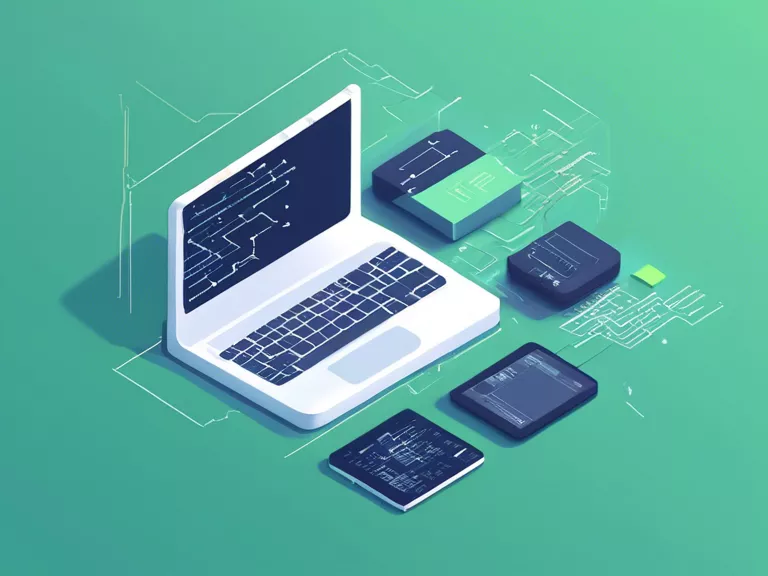
Top Tips for Using Productivity Software to Organize Team Projects Efficiently
In today's fast-paced business environment, productivity software plays a crucial role in organizing and managing team projects efficiently. With the right tools and strategies in place, teams can streamline their workflows, collaborate more effectively, and achieve better results. Here are some top tips for using productivity software to organize team projects efficiently:
Set Clear Goals and Objectives: Before diving into a project, it's important to define clear goals and objectives. Use productivity software to create project plans, set milestones, and assign tasks to team members. This will help keep everyone on track and focused on the end goal.
Utilize Collaboration Features: Most productivity software offers collaboration features such as shared calendars, file sharing, and real-time messaging. Take advantage of these tools to enable seamless communication and collaboration among team members. This will help avoid misunderstandings, improve transparency, and foster a sense of teamwork.
Track Progress and Make Adjustments: Use the reporting and tracking features of productivity software to monitor the progress of the project. Regularly review performance metrics, identify bottlenecks, and make necessary adjustments to keep the project on track. This will ensure that deadlines are met and objectives are achieved.
Prioritize Tasks: With multiple tasks and deadlines to juggle, it's easy to get overwhelmed. Use productivity software to prioritize tasks based on their importance and urgency. This will help you focus on high-priority tasks and allocate resources effectively.
Automate Routine Tasks: Save time and reduce errors by automating routine tasks using productivity software. Set up automated workflows, reminders, and notifications to streamline repetitive processes and free up time for more strategic work.
By implementing these tips, teams can leverage productivity software to organize team projects efficiently and achieve better outcomes. With clear goals, effective collaboration, progress tracking, task prioritization, and task automation, teams can work more productively and deliver results more effectively.


